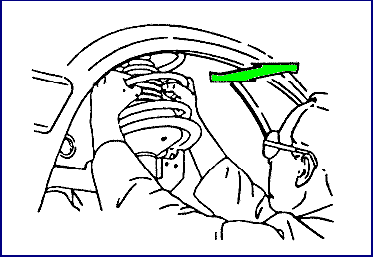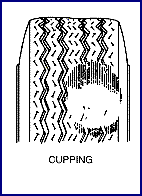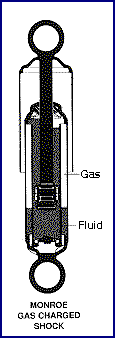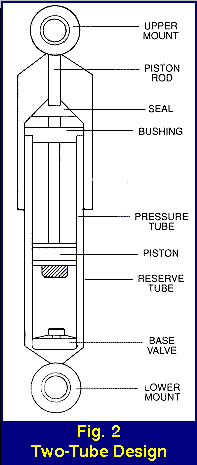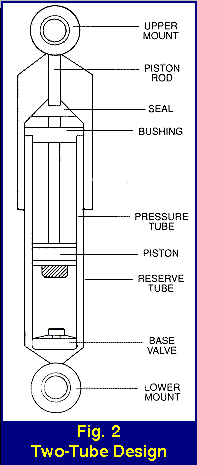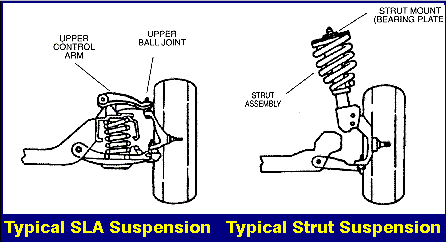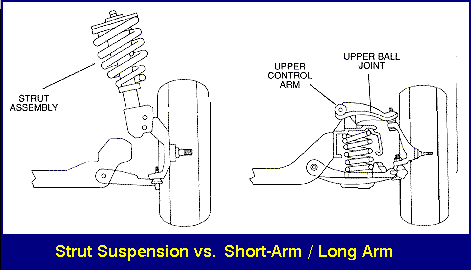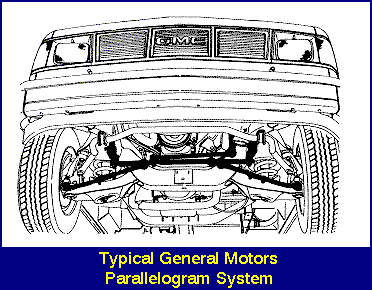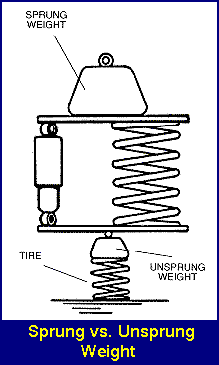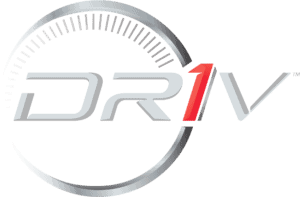Inspecting Shocks and Struts
INSPECTING SHOCKS AND STRUTS Car Park Test First check the vehicle’s mileage. When a vehicle has just 20,000 km or more, there could be some internal wear and new shocks and struts may be needed. Also, check the manufacturer’s recommended service interval in the owner’s manual. Remember, a shock absorber provides resistance to bounce, roll […]

